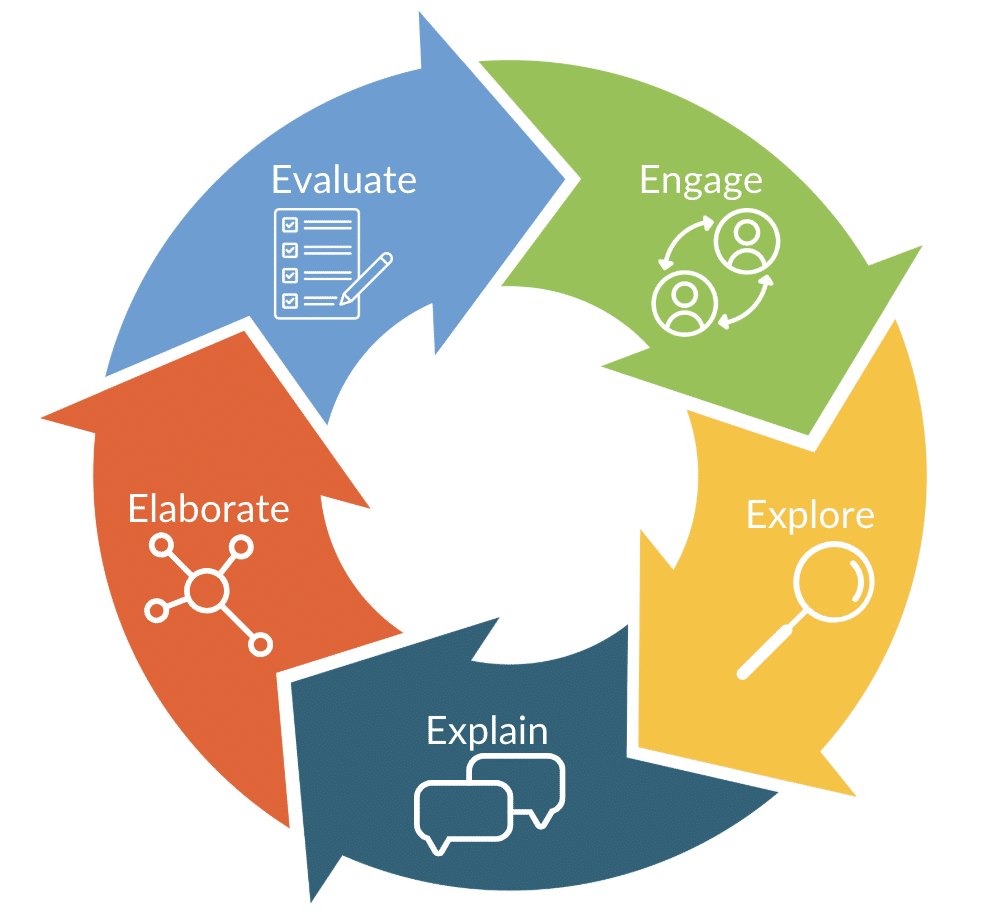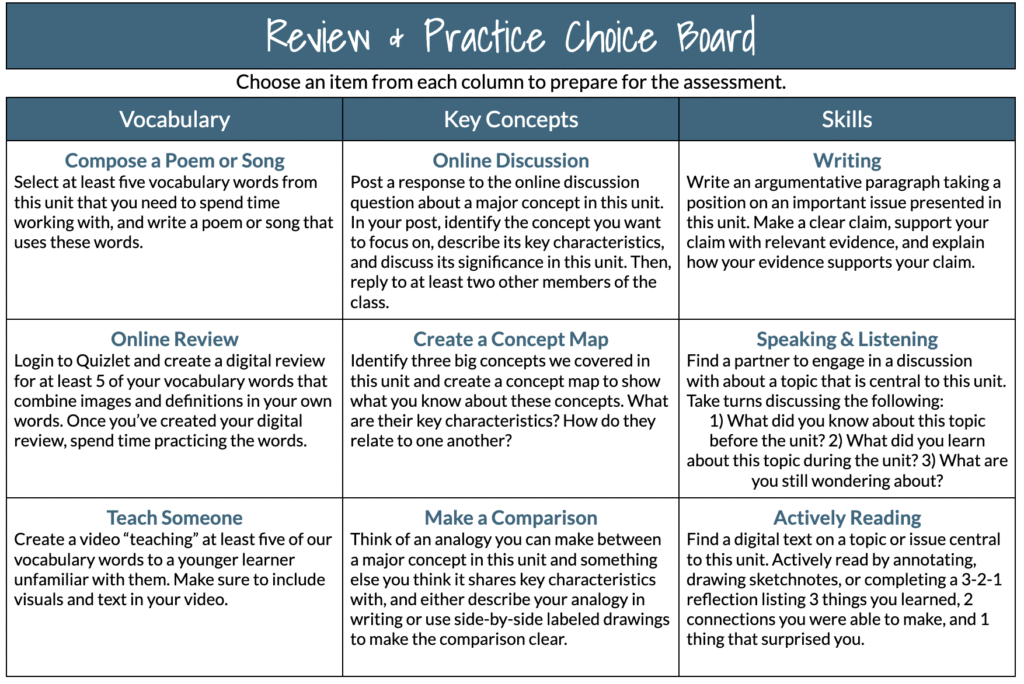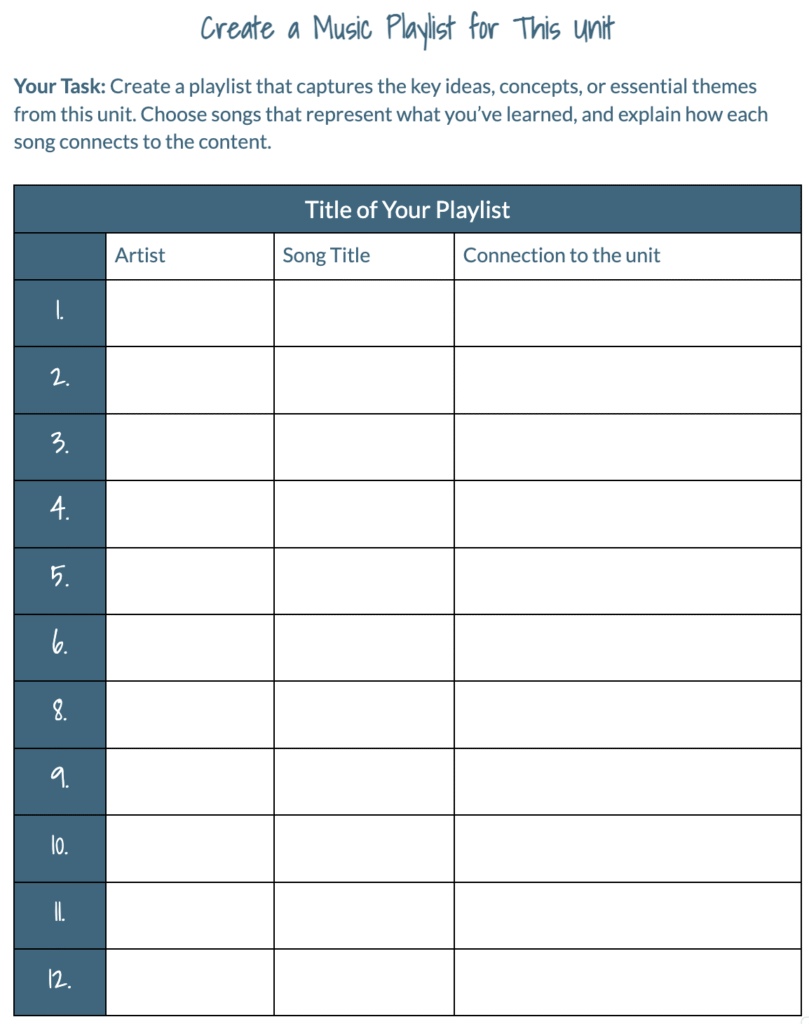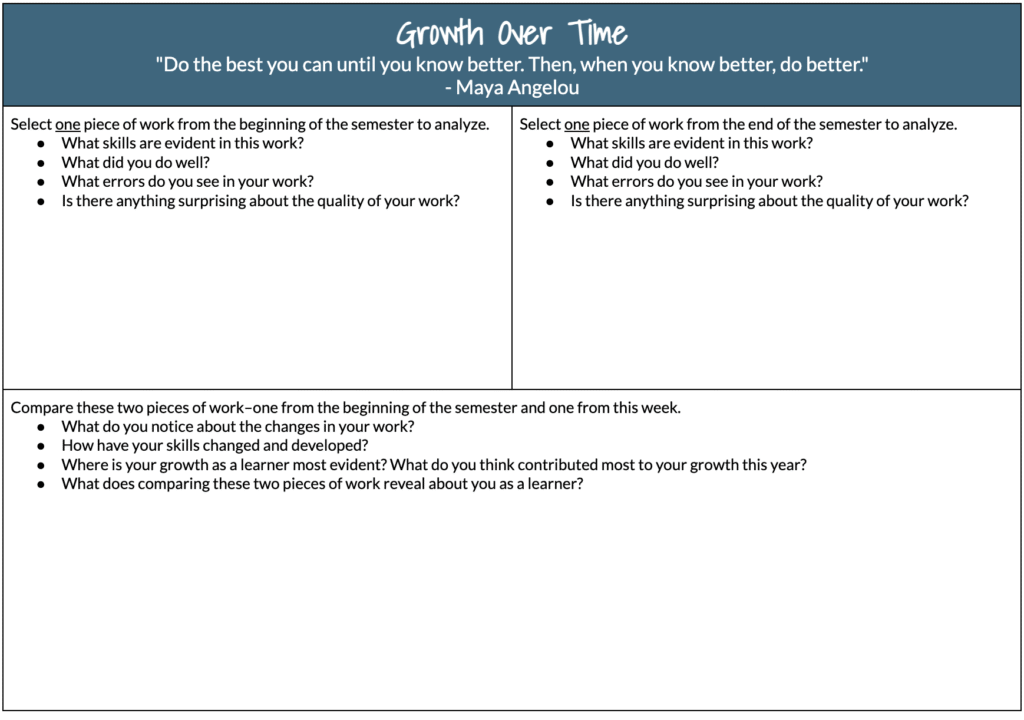Related Podcast Episode
When state testing season arrives, classroom routines can quickly fall apart. Schedules shift, instructional time is cut, and students often sense the disruption. It’s easy for learning to take a backseat, but it doesn’t have to.
In this blog, I’ll share six strategies that encourage students to explore, create, reflect, and connect—even during the testing season. Each one is designed to be flexible, meaningful, and easy to implement, whether you have a whole class period or just pockets of time between tests.
#1 Student-Led Inquiry with the 5Es Model
Invite students to do a deep dive into a concept or topic of interest related to something they studied this year. This strategy challenges them to generate an inquiry question they want to explore and answer. They can do this on their own or with the help of AI! Once they have their high-interest inquiry question, they can use the 5Es inquiry cycle—engage, explore, explain, elaborate, and evaluate—to work through their investigation.
For example, if students studied ecosystems, one student might ask, “How would a major drought affect the grasslands?” They would then move through the 5Es inquiry model by researching the impact, connecting it to what they had learned, and creating a short presentation or infographic to share their findings.
This strategy provides students with the opportunity to deepen their understanding while developing self-direction and critical thinking skills that are valuable far beyond testing season.
#2 Design a Review Choice Board
Flip the script on review season by having students design the review experience. In pairs or small groups, ask them to create a choice board of activities focused on a unit you’ve already covered. Each column in the choice board can focus on a specific concept, skill, or vocabulary term. Then the students must design three different ways for their peers to explore or practice that concept, skill, or vocabulary term.
Encourage students to incorporate a variety of formats, such as comprehension questions, creative tasks, role-playing exercises, or concept maps, to offer classmates different ways to engage with the content.
For example, in a social studies class, one group might create a column dedicated to key figures from the Civil Rights Movement. The activity options in that column could include:
- Creating a short bio and visual timeline.
- Writing a diary entry from that person’s perspective.
- Designing a digital “trading card” with stats and accomplishments.
When students build the board, they reinforce their understanding and create an engaging way for classmates to review the material. Plus, the element of choice makes the learning feel fresh and personalized.
#3 Create a Music Playlist to Represent Big Ideas
Tap into students’ love of music by having them create a playlist that captures the key ideas, themes, or skills from your class. Each song should represent a concept that students have learned, and they should include a short explanation of how the song connects to that concept. This activity is part reflection, part creative expression, and it works across subjects.
In ELA, a student might include the song “Brave” by Sara Bareilles to represent a character’s emotional growth in a novel study. In science, “Ring of Fire” by Johnny Cash might symbolize tectonic plate movement and volcanic activity.
Whether students curate a playlist of five songs or build a whole album to reflect on their learning, they’re thinking critically about how to synthesize content and communicate understanding in a creative way.
#4 Build Models or Create Analogies to Make Learning Stick
Ask students to represent an abstract concept from a previous unit using a physical model or analogy. This strategy encourages students to think critically about how something works and to explain it clearly to others.
You can let students choose their format—build with paper or recycled materials, sketch a labeled diagram, or create a metaphor that compares the concept to something familiar.
For example, in science, a student might compare a cell to a city:
- The nucleus is the city hall (controls the town)
- Mitochondria are power plants (energy sources)
- The cell membrane is the city limits or gates (controls what goes in and out)
Whether students are crafting, drawing, or writing, this strategy helps them internalize concepts by teaching them through comparison and creation.
#5 Reflect on Growth Over Time
Invite students to reflect on their progress by comparing two similar assignments or products from different points in the school year. This side-by-side analysis helps them see evidence of growth and build a stronger sense of ownership over their learning journey.
Ask students to choose two pieces that showcase the same skill, such as writing an argument, solving a specific type of math problem, conducting a lab report, or presenting their ideas. Then, guide them in reflecting on what’s changed and why.
In an English language arts class, a student might place their first argumentative essay or piece of narrative writing next to a more recent one and reflect on changes in structure, detail, or voice. In a science class, students could compare two lab reports to see how their data analysis and use of scientific language have evolved.
Provide sentence starters or guiding questions like:
- What’s stronger about the second piece?
- What did you do differently this time?
- What are you proud of?
- What is your area of greatest growth?
- What’s one goal you still have moving forward?
This strategy helps students recognize their growth, reinforcing a growth mindset and celebrating the learning that has occurred.
Wrap Up
Testing season doesn’t have to mean learning is on hold. With a little creativity and intention, this time of year can still be meaningful for you and your students. Whether students are leading their own inquiry, designing review games, curating playlists, building models, or reflecting on their progress, these strategies turn “in-between” moments during testing season into opportunities for creativity, critical thinking, and reflection. Try one of these strategies to keep your classroom engaged, even when testing takes center stage!








No responses yet